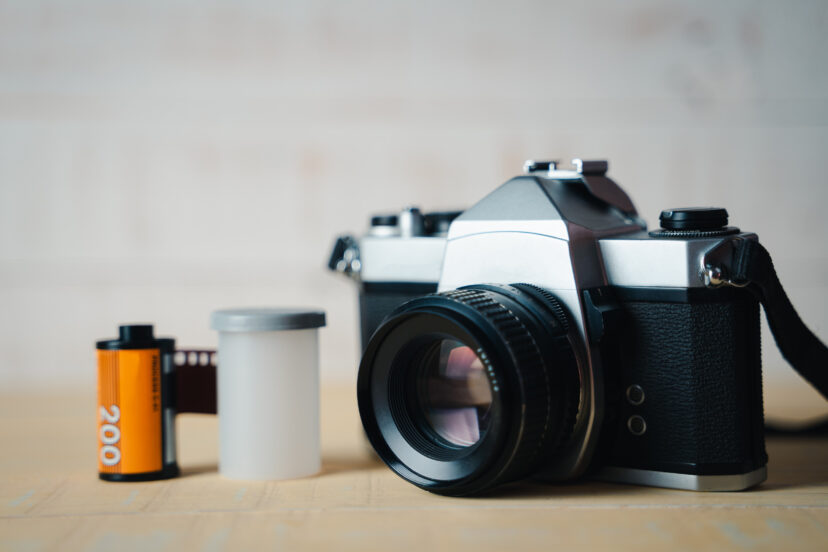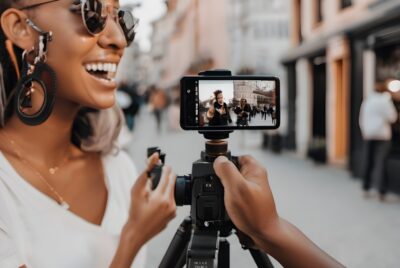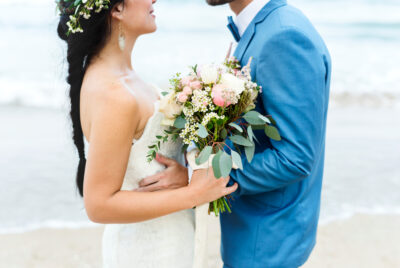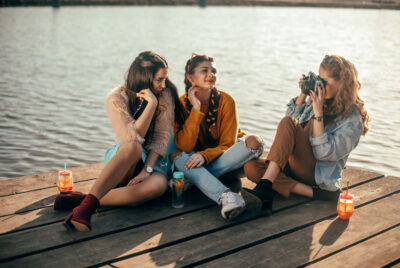Film Photography
Ever felt like digital photography just doesn’t have that soul you’re looking for? That’s exactly why I fell in love with film photography. There’s something magical about loading a roll of film, clicking the shutter, and not knowing exactly how your shot turned out until it’s developed. If you’re curious about diving into this beautiful analog world, let me walk you through everything you need to know.
What Is Film Photography?
A Brief History of Film Photography
Before pixels and SD cards took over the world, we had film. The earliest film cameras date back to the late 1800s, evolving through decades of innovation. From Kodak’s Brownie to Leica rangefinders, film photography shaped the visual history of the 20th century.
How It Differs from Digital Photography
With digital, you shoot, preview, and reshoot. Film doesn’t give you that luxury. Each shot counts because every click burns a frame of film. And here’s the thing: that limitation? It breeds creativity. You think before you shoot, and that changes everything.
>> See the full range of film cameras HERE <<
Why Choose Film Photography Today?
The Allure of Analog
There’s a warmth and authenticity in film images that digital sensors just can’t replicate. Grain, soft contrast, and the occasional light leak – all give a unique character to each photo.
Slowing Down and Shooting Intentionally
Film forces you to slow down. No rapid-fire bursts. You pause, frame your subject, and only then press the shutter. It’s meditative, almost therapeutic.
Tangibility and Nostalgia
Remember flipping through family photo albums? That tactile joy is missing in digital. With film, you get real negatives, prints, and a deeper emotional connection to your images.
Types of Film Cameras
35mm Cameras
The most popular and accessible type, 35mm cameras are perfect for beginners.
Point-and-Shoot vs. SLR
-
Point-and-Shoot: Fully automatic, compact, and great for casual shooters.
-
SLR (Single-Lens Reflex): Offers full manual control, interchangeable lenses, and better image quality.
Medium Format Cameras
Bigger negatives = more detail and depth. These are ideal for portraits or fine art work. Think Mamiya, Hasselblad, or Pentax 67.
Large Format Cameras
For the hardcore enthusiast. These beasts shoot 4×5 or even 8×10-inch film and offer stunning detail – at the cost of portability and ease.
Film Stocks and Their Unique Looks
Color Negative Film
Great latitude and forgiving exposure. Popular options include Kodak Portra (for skin tones) and Fujifilm Pro 400H (for pastel colors).
Black and White Film
Timeless and dramatic. Ilford HP5 and Kodak Tri-X are classics.
Slide Film (Reversal Film)
High contrast, punchy colors, and less exposure latitude. Use it when you want vibrance and clarity – just meter carefully!
>> Buy camera film HERE <<
How to Start with Film Photography
Choosing Your First Film Camera
Go simple. A Canon AE-1, Pentax K1000, or even a Yashica point-and-shoot is a great place to begin. Reliability is key – bells and whistles can come later.
Picking the Right Film Stock
Start with Kodak Gold or Fujicolor C200 – they’re affordable, forgiving, and look great. B&W? Try Ilford HP5.
Understanding ISO, Aperture, and Shutter Speed
Film doesn’t change ISO on the fly like digital. You commit to it. ISO 200 film? That’s your base for the whole roll. Pair it wisely with aperture and shutter settings.
Developing Film
Lab Development vs. Home Development
-
Labs: Convenient, but costs add up.
-
Home: More affordable long term and oddly satisfying. Especially easy with black and white film.
Color vs. B&W Processing
Color processing (C-41) needs precise temperatures. B&W is more forgiving and beginner-friendly.
Scanning and Digitizing Film
Choosing the Right Scanner
The Epson V600 is a great mid-range flatbed scanner. For higher-end scans, look into the Plustek 8200i or outsourced drum scanning.
Tips for High-Quality Scans
-
Dust is your enemy – use a blower.
-
Scan at 2400–3200 DPI for most uses.
-
Always scan in 16-bit TIFF for editing flexibility.
Tips to Improve Your Film Photography
Metering Light Properly
Use a handheld meter or an app like “Lightmeter” to avoid over/underexposure. For color negative film, overexpose slightly (like rating ISO 400 film at 200).
Keeping a Shot Log
Write down your settings per shot, especially when experimenting. This helps when reviewing your scans.
Embracing Imperfection
Grain, blur, flare – they’re not flaws, they’re features. Film’s charm lies in its unpredictability.
Common Mistakes and How to Avoid Them
Underexposing Film
Film prefers light. Underexposed film turns muddy and grainy. When in doubt, expose for the shadows.
Not Storing Film Correctly
Keep unused film in the fridge. Heat and humidity degrade film fast. Also, check expiration dates.
Cost Breakdown: Is Film Photography Expensive?
Yes and no. Cameras can be affordable, but film, development, and scanning add up. Expect to spend $10–20 per roll, all included. Still, for the joy it brings? Worth every penny.
My Favorite Film Photography Resources
-
Books: “The Film Photography Handbook” by Chris Marquardt
-
Communities: r/analog on Reddit, Facebook groups
-
YouTube: Grainydays, Willem Verbeeck, Negative Feedback
Conclusion
Film photography is more than a hobby – it’s a mindset. It teaches patience, discipline, and appreciation for the imperfect beauty of real life. Whether you’re in it for the nostalgia or the unique look, there’s something deeply satisfying about every roll you shoot. So, if you’re on the fence, grab a film camera and take the plunge. You won’t regret it.
>> See the full range of film cameras HERE <<
FAQs
1. What’s the best film for beginners?
Kodak Gold 200 or Fujicolor C200 – they’re affordable, forgiving, and look great in various lighting conditions.
2. Can I shoot film if I’ve only ever used digital cameras?
Absolutely! The basics like aperture and shutter speed remain the same – you’ll just learn to slow down a bit more.
3. Do I need a darkroom to develop film?
Nope! You can develop B&W film at home with a simple tank and chemicals in your bathroom.
4. How long does film last before it expires?
Generally, color film lasts 2–3 years past its production date if refrigerated. B&W can last even longer.
5. Is film photography still relevant today?
More than ever! In a world full of digital perfection, film brings authenticity, emotion, and character that many photographers crave.
Further reading
Check out our other relevant articles:
Here are two educational resources that complement the insights shared in the article on film photography:
1. Beginner’s 101 Guide to Film Photography – Moment
This comprehensive guide from Moment covers essential aspects of film photography, including understanding equipment, mastering exposure, selecting the right film, and processing negatives. It’s an excellent starting point for those new to the analog world, offering practical advice to build a strong foundation in film photography.
2. A Deep Dive into Film Photography – Emily Choy Photography
Emily Choy delves into the nostalgic and timeless qualities of film photography, discussing how each photograph tells a unique story. This article provides insights into choosing the right equipment and offers tips on getting started, making it a valuable resource for both beginners and those looking to deepen their understanding of film photography.
These resources offer additional perspectives and practical guidance to enhance your journey into film photography.




